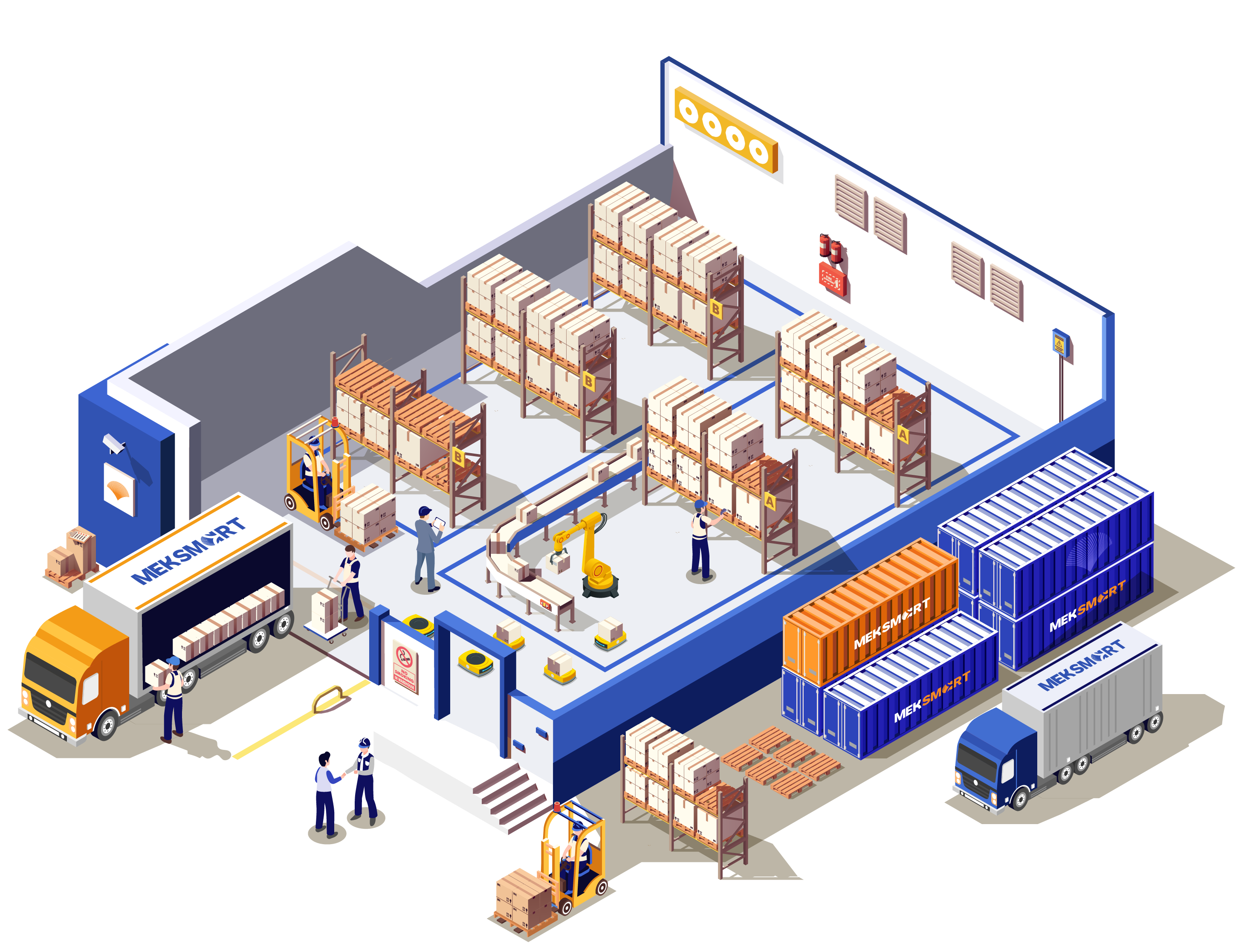MEKSMART
GENERAL NEWS
Author: Meker Meksmart
Update: 08/11/2022
MULTICHANNEL INVENTORY CHALLENGES AND SOLUTIONS
That businesses go multi channels allows them to expose their products to numerous types of customers and augment more revenue while expanding the brand presence.
Since running a retail e-commerce business is probably tricky, it even gets tougher in an attempt to expand the business to multi-sales channels. The model of multichannel sales could raise some challenges in managing inventory.
Let’s dive into major multichannel inventory challenges and their solutions to make everything much easier.

Multichannel Inventory Challenges
There are several inventory challenges when running multichannel sales businesses.
Underselling/Overselling
If the inventory isn’t optimized for channels individually and is not recorded in real-time, businesses might encounter the issue of selling a similar product (SKU) to two customers.
Therefore, not having adequate inventory could cost them unnecessary cancellations, terrible reviews, and order delays across multiple sales channels.
Suppose you overestimate the demand and assign too much inventory to a selling channel. In that case, it is likely to result in losing revenue or draining financial resources that restrict future investment.
Low inventory visibility
You might know this, but orders could come from everywhere, and clients expect a great shopping experience regardless of the sales channel. Thus, it is best for businesses to monitor their inventory across the sales channels.
Monitoring the inventory manually thwarts businesses from achieving visibility while complicating operations. The number of manual errors and unassigned or mishandled stocks could keep rising as inventory tracking isn’t properly optimized.
Lacking reverse flow logistics
Advanced processes such as reverse order logistics will likely influence the customer experience and provide accurate inventory visibility. Most clients prioritize a smooth shopping experience. Thus, focusing on exchange/canceled/return orders and conducting standard processes.
Improper inventory levels
Different marketplaces could run campaigns with various guidelines. For example, marketplaces boast strict rules for the report of proper inventory levels during specific sales promotions.
If businesses fail to do so, they could be penalized severely. Thus, all businesses need to do is to be more aware of their stocks on multi-sales channels during these seasons.
In case they outsource the logistics processes, the similar needs to be tracked by the 3PL vendor. Thus, it is necessary for businesses to align their sales operations with the logistics vendors while updating the inventory level whenever receiving orders from various channels.
Solutions
Many depend on the inventory management systems of third parties. That said, a complete e-commerce platform seems to be better than using various systems for many functions.
A multi-e-commerce management software boasts intelligent inventory management that allows you to pay attention to growing revenue instead of wasting available resources to monitor inventory.
Another way to handle the challenges mentioned above is to centralize the inventory.
Some cloud-based platforms can enable businesses to keep track of a centralized auto-sync stock, helping to gain 100% updated & error-free inventory levels.
Businesses could then continually manage performance while getting alerts for out-of-stock and low-stock and monitor reverse logistics throughout multiple channels.
Inventory plans change continuously as businesses move from one sales season to another. That’s why it is a better way to filter sales and order analytics with multiple variables to manage if their changing plans work or not.
Wrapping Up
Now you know what multichannel inventory challenges are and their solutions. Shortly, thanks to the advancement of technology, businesses could handle the issues and achieve better management when going multichannel.
Read more: WHAT IS 3PL? WHAT IS 4PL? COMPARISON BETWEEN 3PL AND 4PL













